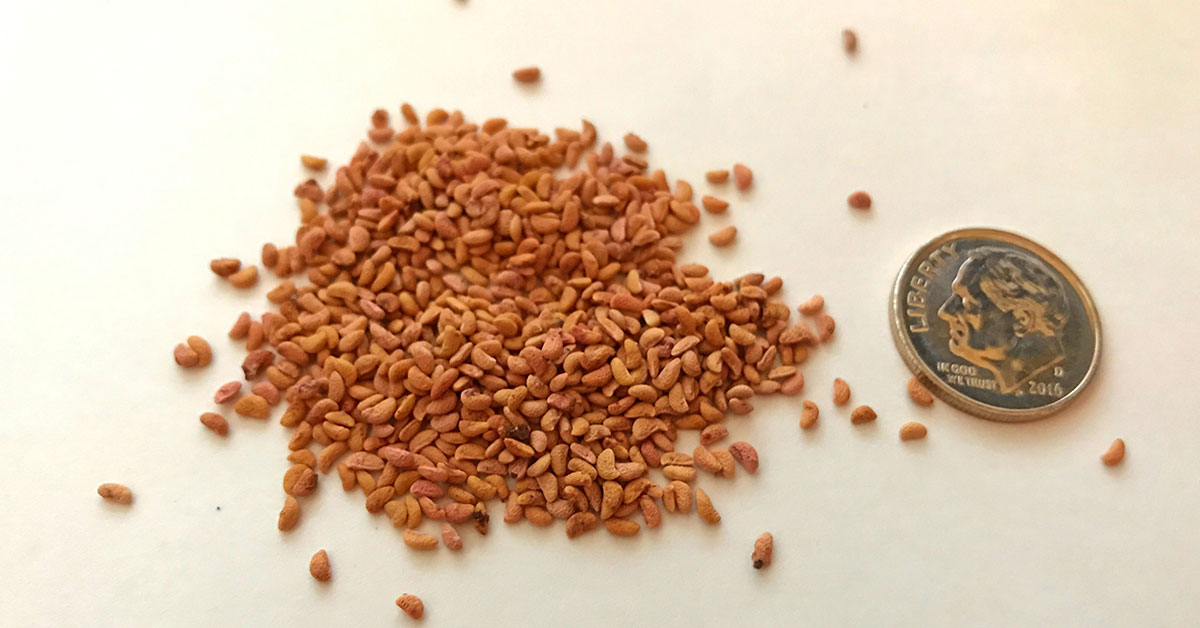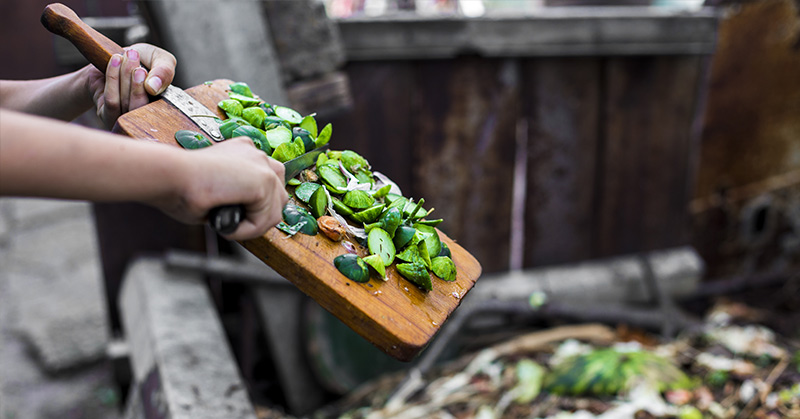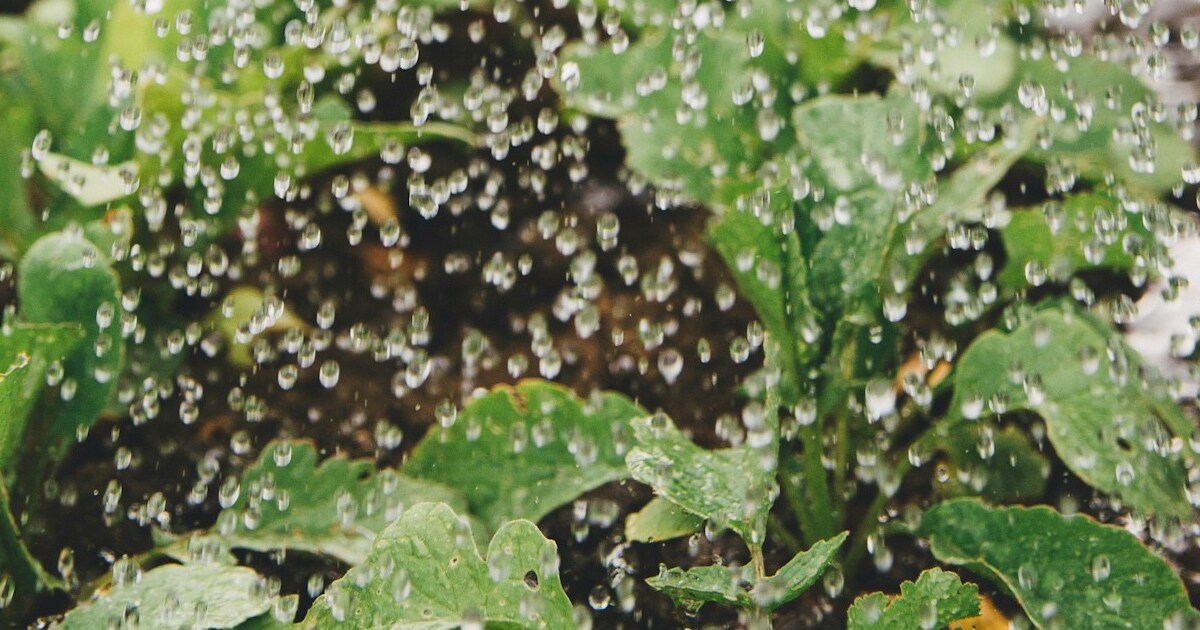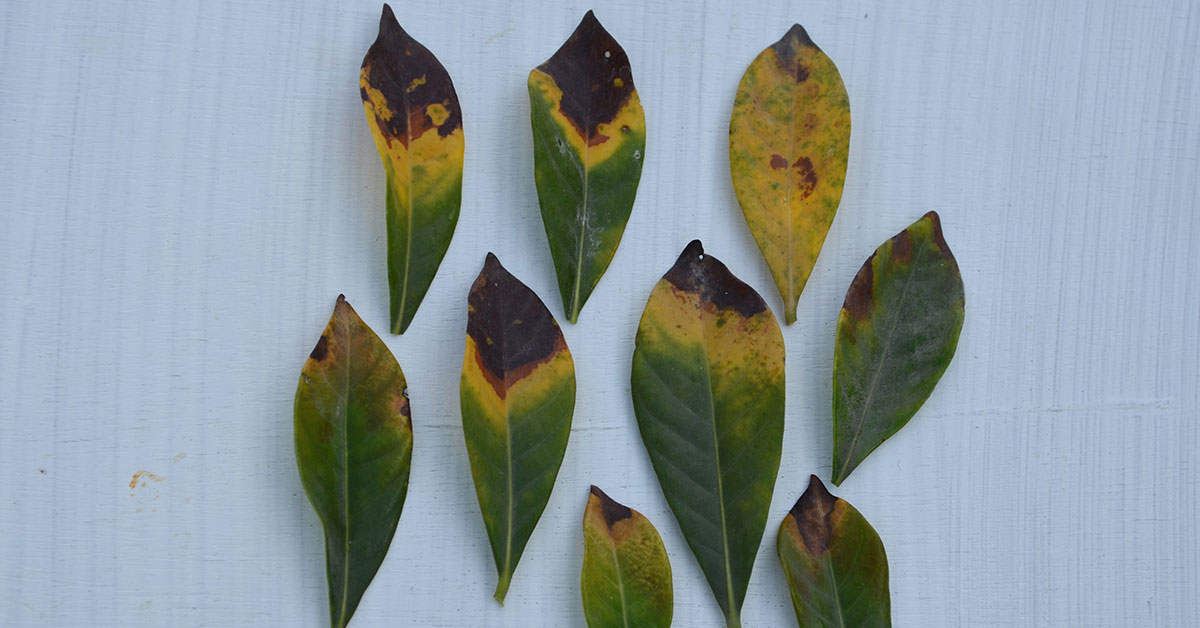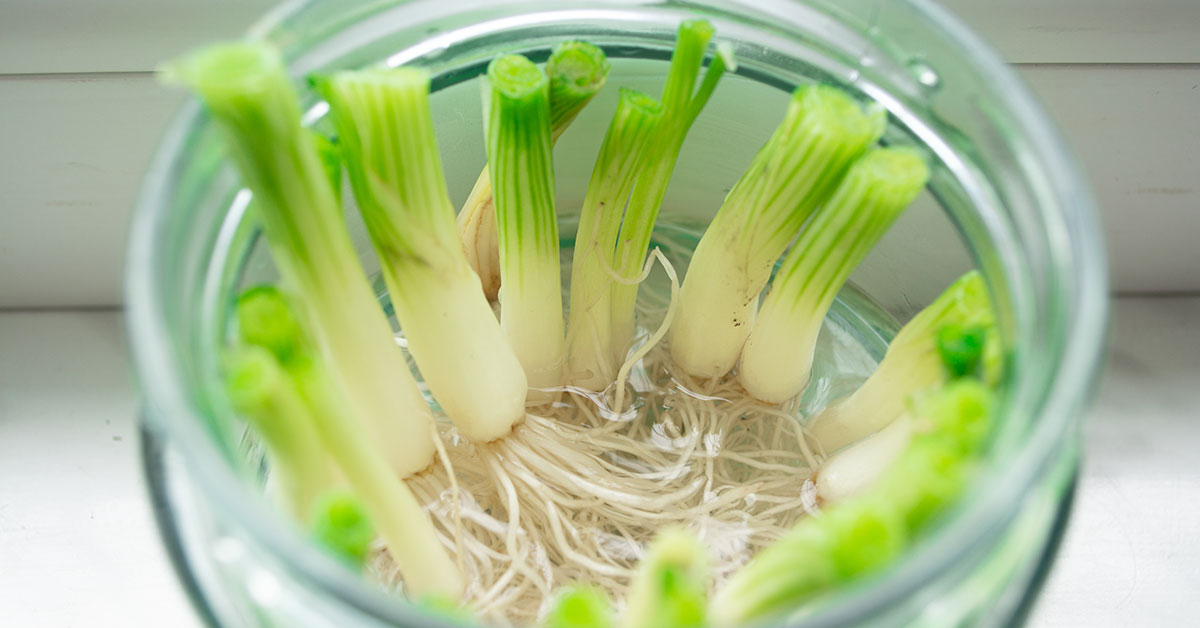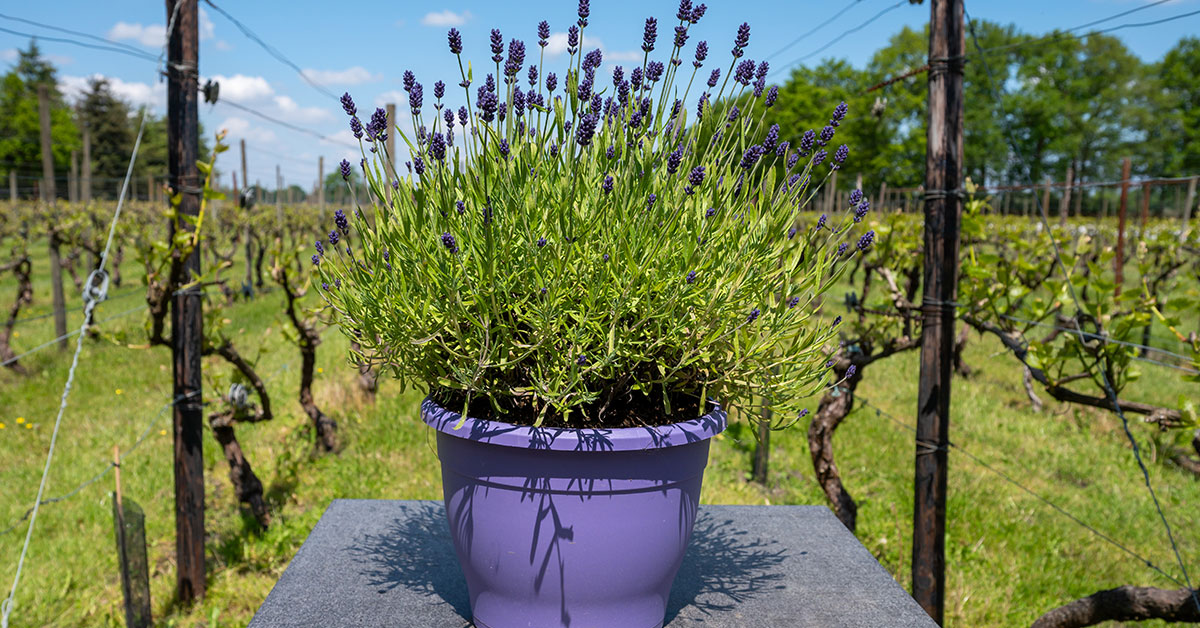Are you looking for a fun and rewarding project for your garden? Growing raspberries from seed can be a great way to start your own raspberry patch! With a little knowledge and some patience, you can successfully grow raspberries from seed and enjoy their sweet, juicy fruits for years to come. Plus their flower are popular among bumblebees! We’ll discuss some of the basic methods on how to grow raspberries from seed. With the right information and a little effort, you can create a lush raspberry patch in your own backyard.
When To Start Raspberries From Seed Indoors
Raspberries are one of the most popular and delicious fruits, and starting them from seed indoors can be a rewarding experience. The first step is to purchase high-quality raspberry seeds. Then, you’ll need to prepare a potting mix with a combination of peat moss, sand, and compost.
Make sure the mix is moist but not wet. Next, you should sow the seeds in the mix, making sure to cover them lightly with soil. Finally, place the pot in an area that’s warm and receives plenty of light, such as near a window or under a grow light. Maintain a consistent watering schedule and keep the soil moist. The raspberry seeds should start to germinate in about two weeks, allowing you to transplant the plants outdoors in the spring.
Growing raspberries from seed indoors require the right soil in order to ensure success. The best soil for growing raspberries from seed indoors is well-drained, loamy soil. This soil should be rich in organic matter. Such as compost or peat moss, and should be slightly acidic with a pH between 5.5 and 6.5. The soil should also be light and fluffy, allowing roots to spread quickly and easily. Additionally, the soil should be well-aerated to allow for the proper drainage of water, while still retaining enough moisture to keep the plants hydrated.
When To Transplant Raspberry Seedlings Outdoors
Transplanting raspberry seedlings outdoors is best done in the late spring or early summer. This is when the soil is warmer, which encourages the roots to spread out and take hold. It’s also a good time of year to provide adequate water and nutrition to the plants, as they’ll be more likely to absorb the nutrients in the soil. It’s important to wait until the plants have grown several inches and developed sturdy root systems before transplanting them outdoors. If done correctly and at the right time, raspberry seedlings should thrive in their new outdoor home.
Before planting, the soil should be amended with a generous layer of compost to give the seedlings a nutrient-rich environment. To ensure good drainage, it is important to plant the seedlings in an area that does not have standing water.
Watering the plants regularly is key to healthy growth, and since raspberries need at least an inch of water per week, a drip irrigation system may be beneficial. Mulching around the raspberry plants will help keep the soil moist and reduce weeds. Additionally, it is important to provide raspberries with support, such as fences, trellises, or stakes, to help them grow upright. Pruning the canes is also essential to the health and productivity of the raspberry bushes.
Monitor For Pests And Diseases
Raspberry seedlings are susceptible to a variety of pests and diseases when transplanted outdoors. Aphids, spider mites, and root-knot nematodes can all feed on the young, tender shoots and leaves of raspberry seedlings. Fungal diseases, such as root or crown rot and powdery mildew, can also harm freshly transplanted raspberry seedlings.
To prevent damage and disease, it is important to choose a planting location with well-draining soil and to keep weeds and other debris away from the plants. Additionally, gardeners should inspect their raspberry plants regularly for signs of pests or disease, and take appropriate action to address the issue.
Pruning newly transplanted raspberry seedlings outdoors is an important part of successful raspberry cultivation. When pruning, start by removing any dead or diseased canes. Then, selectively prune for size and shape, removing any weak or spindly canes. Lastly, remove any canes that have fruited in the previous year. Pruning should be done carefully to avoid damaging the plant and always use sterile tools when pruning. It is best to prune in early spring before new growth begins, and continue to prune during the growing season to maintain size and shape. With proper care, raspberry seedlings can produce a bountiful harvest of sweet, juicy fruit.
